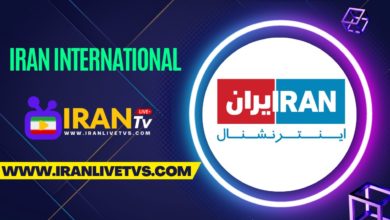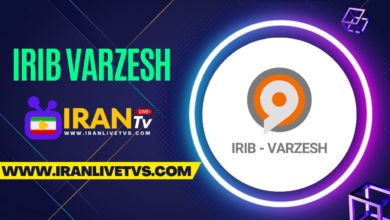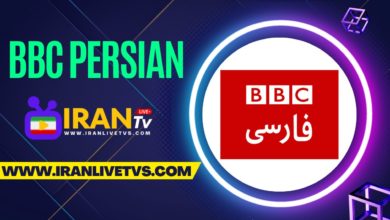Persiana Sonnati TV Live – (پخش زنده شبکه پرشینا سنتی)
In 2016, Persiana Sonnati TV Live – (پخش زنده شبکه پرشینا سنتی) launched its operations in France across five different industries: television, radio, magazines, independent productions, and the organization of cultural and artistic events. These operations have since expanded to the cities of Baku, Istanbul, and Dubai, where they are currently being carried out. has done .
With the ever-increasing rate of satellite media penetration among Iranian families and families in other countries in the region, advertising through the networks of Persiana Media Group is the most effective way to deliver your message to the maximum target community. This is because of the nature of satellite media.
As the biggest and most viewed Persian language media outlet, Persiana Media Group delivers the most complete facilities and offers to the owners of products and services by making use of the most up-to-date advertising strategies.
Persiana Sonnati TV Live – (پخش زنده شبکه پرشینا سنتی) is one of Persiana Media Group channels.
You can also watch other channels like irib-varzesh in our iran TV Channels android and Afghan TV Channels ios applications.
Beside these channels, you can also watch other Iran Live TVs in our Android app : IRIB Varzesh , IRIB Mostanad Live, IRIB TV1 Live , IRIB TV2 Live , IRIB TV4 Live, IRIB TV5 Live, ,and many more..
If you want to optimize your website and get really good results and increase your revenue you should visit this awesome website https://seofreetoolz.net/ .
The other awesome website that you need in your everyday life is this Temporary Mail creator where it allows you to create as many disposable emails for free . https://tempmail247.com/ .







